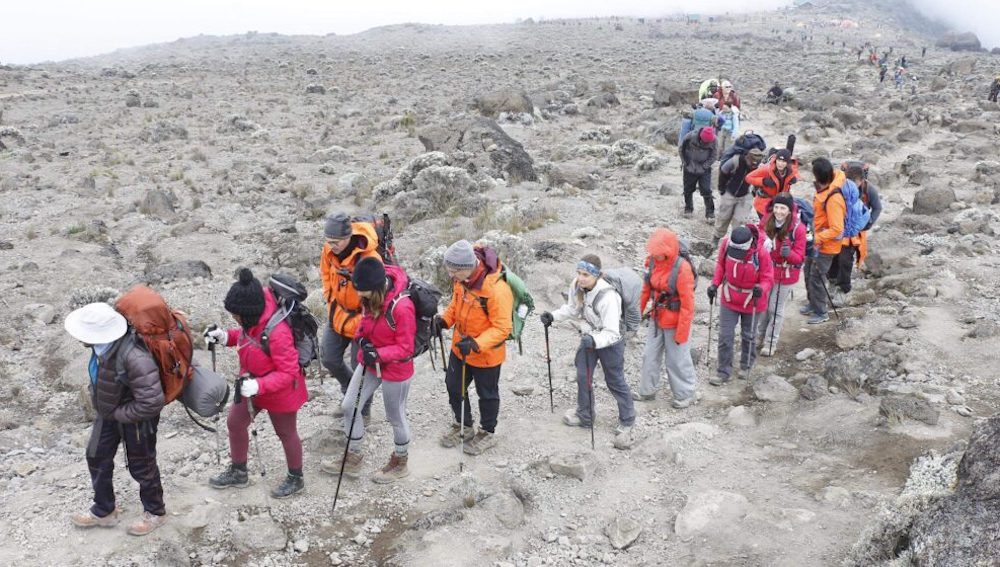You’ve probably heard the question before: Is climbing Mount Kilimanjaro really worth it? It’s a tough one to answer because the experience is so personal. But in this article, we’ll walk you through why so many adventurers say yes and why a Kilimanjaro trek should be on your travel bucket list.
Climbing Mount Kilimanjaro is a unique and exhilarating adventure that takes you from lush rainforests to snow-capped peaks, all within the span of a few days. As the tallest mountain in Africa and one of the Seven Summits, Kilimanjaro stands at 5,895 meters (19,341 feet), making it an accessible yet challenging trek for climbers of all levels. Unlike other high-altitude climbs, Kilimanjaro doesn’t require technical mountaineering skills, making it possible for those with no prior climbing experience to reach its summit. Most treks take between 5 and 9 days, depending on the route and pace, and offer breathtaking views, rich biodiversity, and unforgettable sunrises from the summit.
The journey involves trekking through five distinct climatic zones, from the dense rainforest at the base to the alpine desert and Arctic-like conditions near the summit. Each zone presents its own challenges, from muddy rainforest trails to the thin air of the high-altitude summit. The experience culminates at Uhuru Peak, where trekkers are rewarded with the unmatched feeling of standing on the “Roof of Africa.” This combination of diverse landscapes, physical challenge, and immense personal achievement makes Kilimanjaro a bucket-list adventure for thousands of climbers each year.
Reasons why it is worthy to climb Mount Kilimanjaro.
From the moment your boots hit the trail, you’ll begin an unforgettable journey through five distinct climatic zones—an experience unlike any other. You’ll hike through lush rainforests, cross barren deserts, and finally reach the ice-capped Arctic zone at the summit. Along the way, you’ll arrive at camps just before sunset, greeted by delicious meals cooked by your dedicated team. The first two days of your climb may seem familiar, but as you ascend and approach the summit—also known as the “summit night”—things get intense. Yet, it’s all part of what makes this experience truly rewarding.
The Magic of Kilimanjaro’s Five Climatic Zones
One of the most captivating aspects of climbing Mount Kilimanjaro is how dramatically the scenery changes with each new climatic zone. It feels like you’re walking through different worlds, from thick rainforests to desolate deserts, and finally, an icy tundra at the top.
-
The Rainforest Zone: Where the Adventure Begins
Your journey starts in Kilimanjaro’s dense rainforest, home to towering trees and wildlife such as black-and-white colobus monkeys. The air here is rich and humid, and the trails can be muddy and slippery, so gear like gaiters and trekking poles are highly recommended. This is the mountain’s first zone, and it gives you a taste of the natural beauty Tanzania has to offer.
-
The Moorland Zone: A Walk Through Unique Flora
After leaving the rainforest, you’ll enter the moorland, where shrubs and giant senecios—unusual plants found only in East Africa—dominate the landscape. Here, the air becomes thinner, and the vegetation starts to disappear, signaling that you’re getting closer to the higher, harsher zones of Kilimanjaro.
-
The Alpine Desert: A Lunar Landscape
In the Alpine desert zone, the terrain becomes more barren, with little vegetation in sight. The dramatic, desolate landscape feels like something out of another world, offering breathtaking views. This is where you’ll feel the true remoteness of your climb, with vast stretches of land between you and the summit.
-
The Arctic Zone: Where the Summit Beckons
The final push to the summit takes you through the Arctic zone. Here, the air is cold, thin, and unforgiving, but the reward is spectacular. You’ll witness an awe-inspiring sunrise that floods the sky with color, all while standing on the highest point of Africa. This final zone is where the magic happens—your reward for days of determination and persistence.
That Iconic Moment at Uhuru Peak; Kilimanjaro’s Summit
No Kilimanjaro trek is complete without a photo at Uhuru Peak, the highest point on the mountain (and in all of Africa). The iconic wooden sign at the summit symbolizes everything you’ve worked for: the changing zones, the tough nights, and the incredible views along the way. This photo will become a treasured memory of your resilience and achievement.
Why Kilimanjaro is Part of the Seven Summit Challenge
Did you know Mount Kilimanjaro is one of the famous Seven Summits? These are the highest mountains on each of the seven continents, and Kilimanjaro is often considered one of the most accessible—no prior mountaineering experience needed! If you’ve dreamed of tackling the Seven Summit Challenge, Kilimanjaro is a great place to start.
A Glimpse of Kilimanjaro’s Legendary Glaciers
Mount Kilimanjaro is famous for its glaciers, particularly the Ratzel and Rebmann glaciers near the summit. These ice formations have been around for over 11,000 years but are sadly shrinking due to climate change. Climbing Kilimanjaro gives you a rare chance to see these glaciers up close, a sight that may not be around for much longer.
Check out the Arrow Glaciers.
Exploring Other Tanzania’s Wonders; Safaris in Tanzania & Zanzibar Beach Holidays
Climbing Kilimanjaro isn’t just about reaching the summit. It’s also about exploring one of Africa’s most diverse and beautiful countries. After your trek, consider extending your adventure to Tanzania’s other world-class destinations. Imagine experiencing the incredible wildlife of Serengeti National Park, witnessing the breathtaking Ngorongoro Crater, or even visiting Kilimanjaro National Park itself. A Kilimanjaro trek is the perfect gateway to a more extensive African adventure.
We combine climbing Kilimanjaro climbing with private safari tours in Tanzania, as well as Zanzibar Beach vacation.
The Challenges of Climbing Kilimanjaro (And How to Beat Them)
Let’s be real: climbing Kilimanjaro is no walk in the park. As you ascend, you’ll likely face challenges such as altitude sickness, headaches, fatigue, and shortness of breath. The key to overcoming these issues? Go pole pole—which means “slowly, slowly” in Swahili. There’s no rush to reach the top, and taking it slow is one of the best ways to minimize the effects of altitude. Plus, this pace allows you to fully appreciate the incredible landscapes you’re walking through.
Is Climbing Kilimanjaro Worth It?
So, is climbing Mount Kilimanjaro worth it? Absolutely. From the stunning, ever-changing landscapes to the sense of achievement that comes with standing on the roof of Africa, it’s an adventure that’s hard to beat. Whether you’re chasing the Seven Summit Challenge or simply looking for a unique experience, Kilimanjaro offers something special for everyone. It’s not just a climb—it’s a journey that will stay with you forever.
If you’re ready to take on the challenge, lace up your boots, pack your bags, and get ready for the adventure of a lifetime!
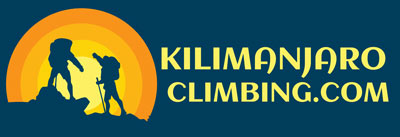
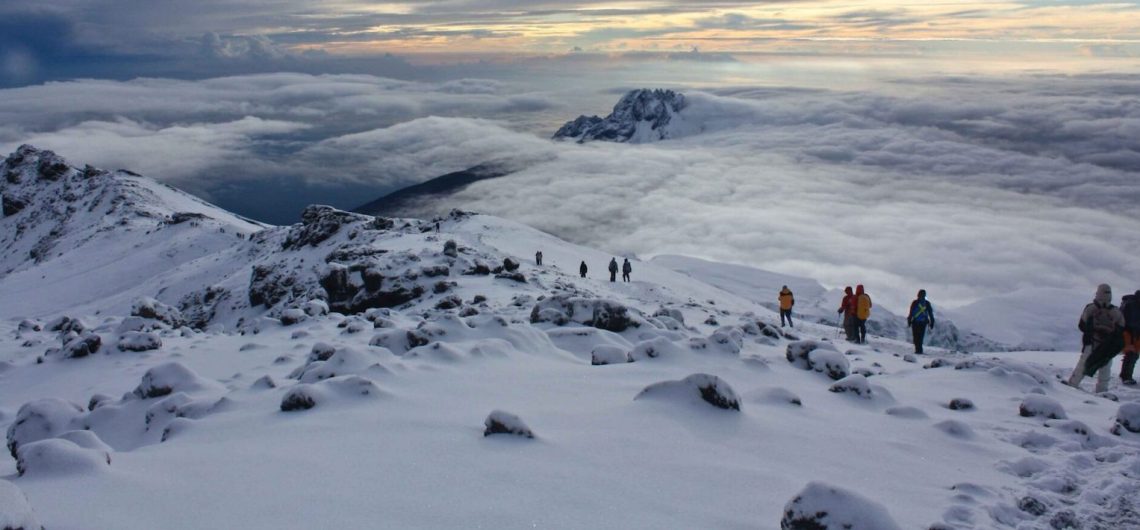
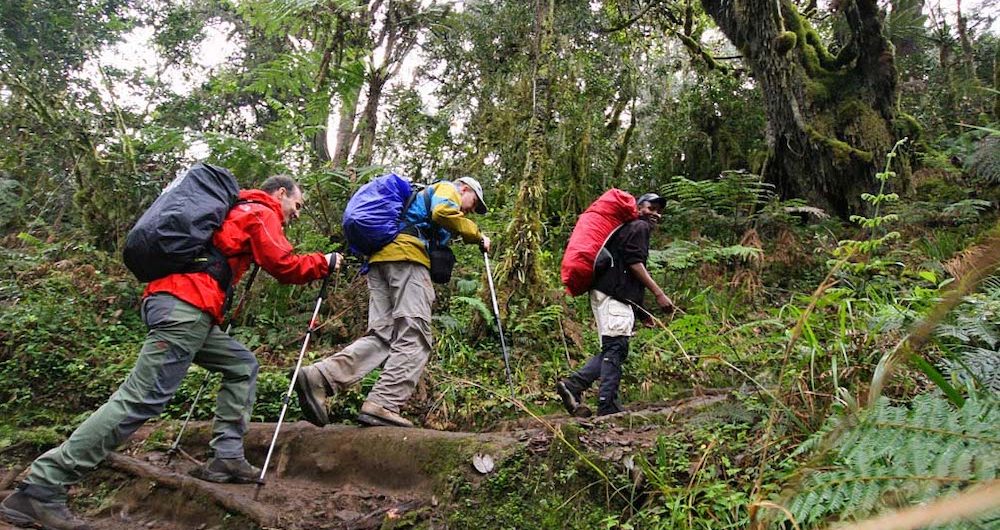
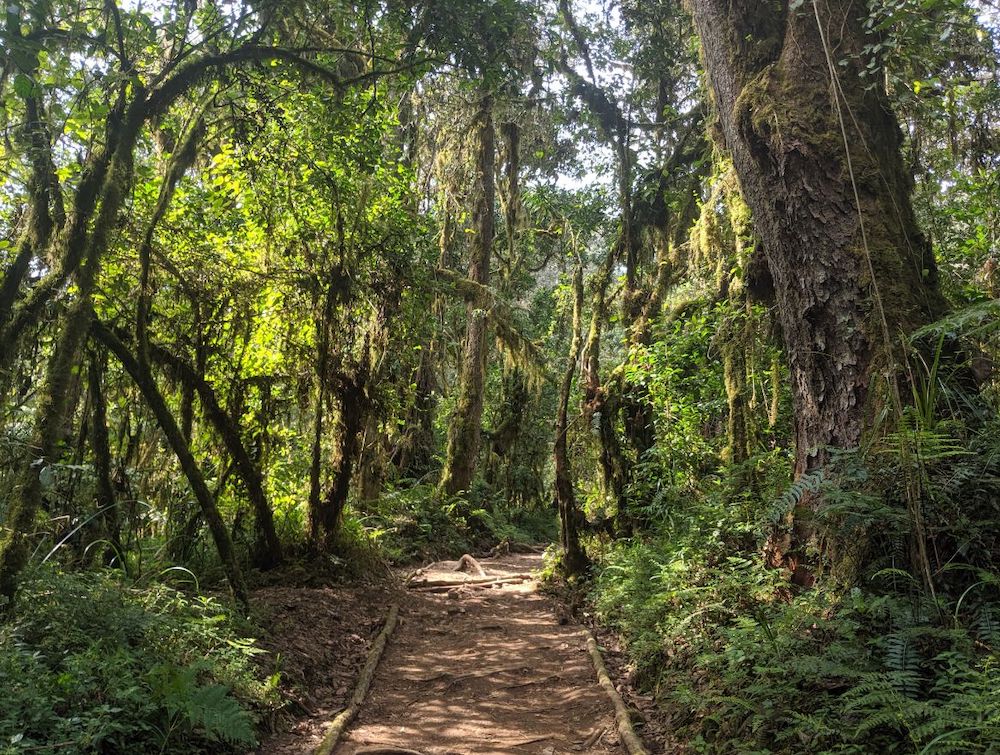 This is commonly known as the Coca-Cola route (because Coca-Cola soda used to be sold in all the dormitory huts along the route) or the tourist route due to its popularity among tourists because many believe that it is the easiest route on Mount Kilimanjaro. The Marangu route is the oldest and the only route on the mountain that has dormitory-style huts, unlike others where only camping can be carried out.
This is commonly known as the Coca-Cola route (because Coca-Cola soda used to be sold in all the dormitory huts along the route) or the tourist route due to its popularity among tourists because many believe that it is the easiest route on Mount Kilimanjaro. The Marangu route is the oldest and the only route on the mountain that has dormitory-style huts, unlike others where only camping can be carried out.